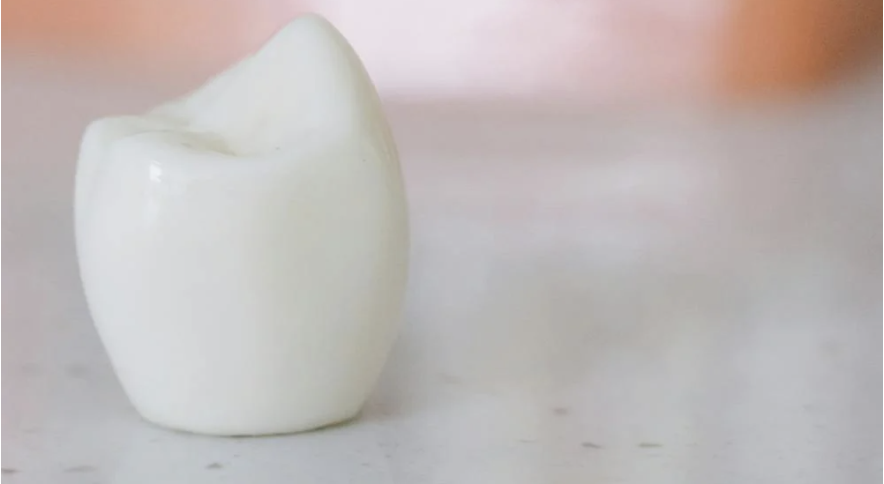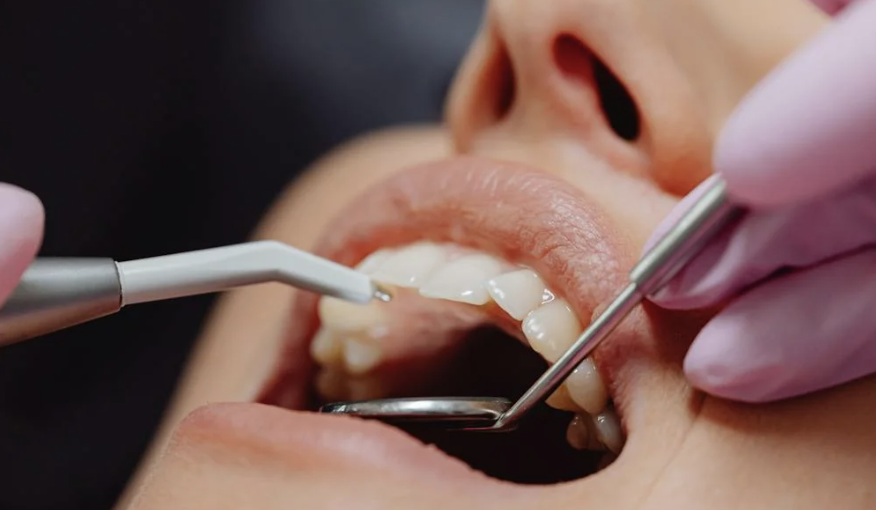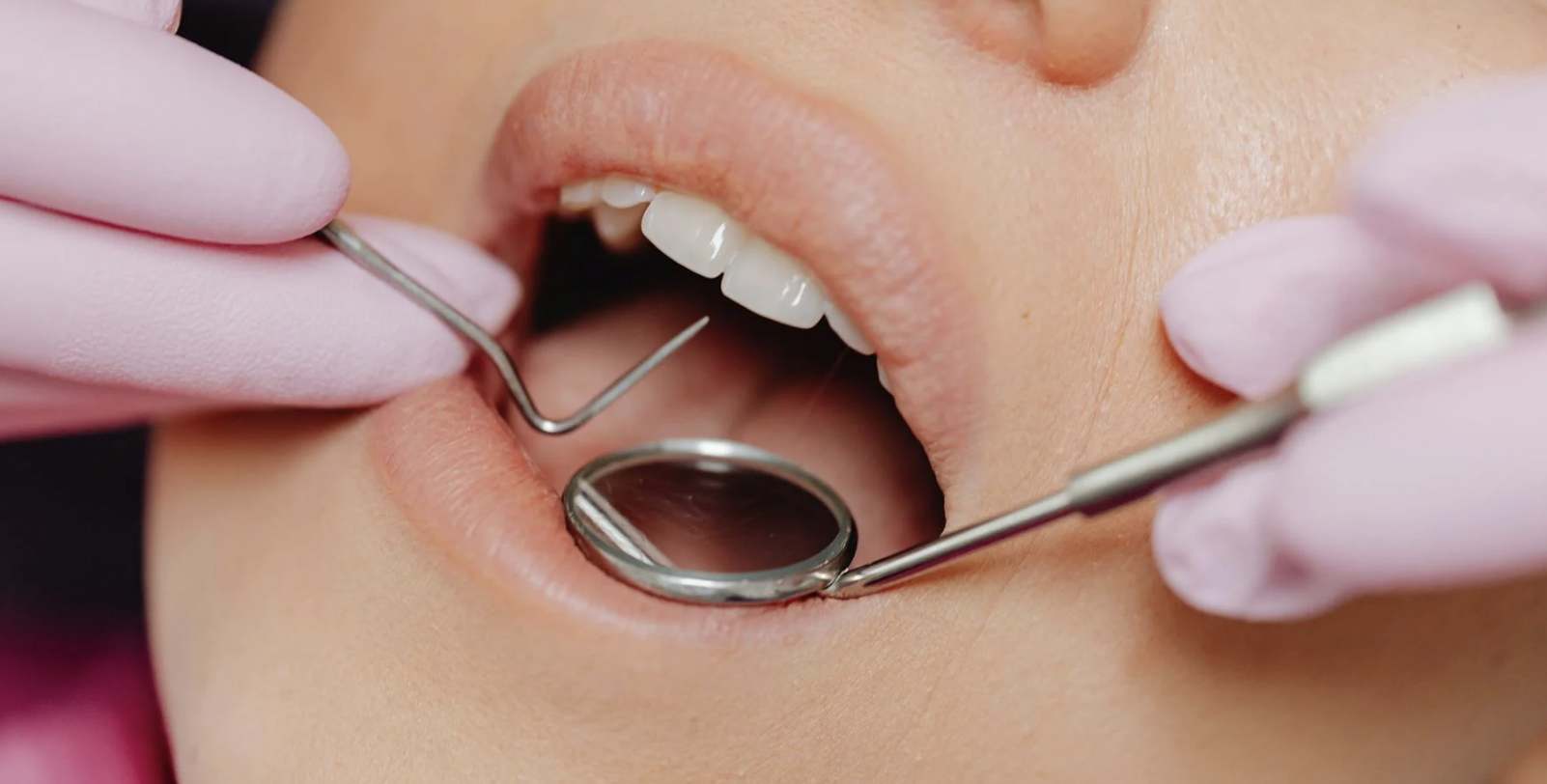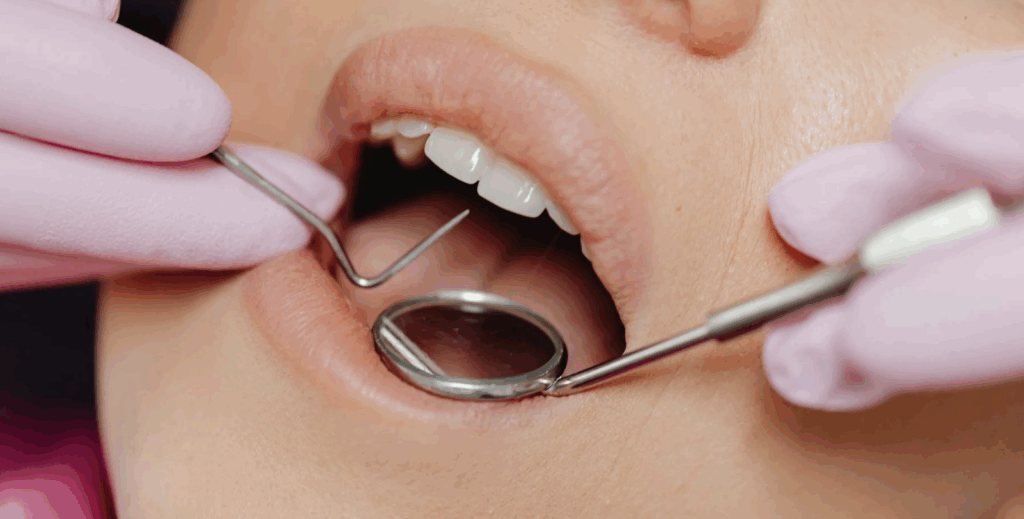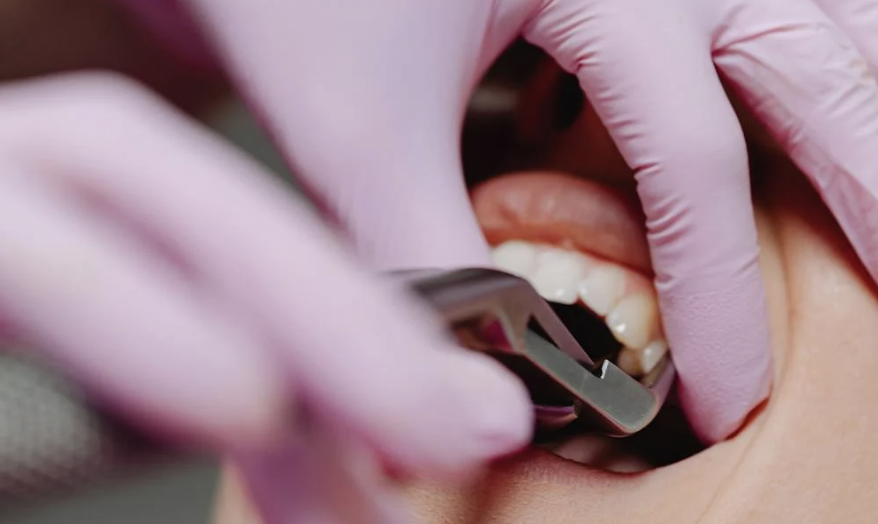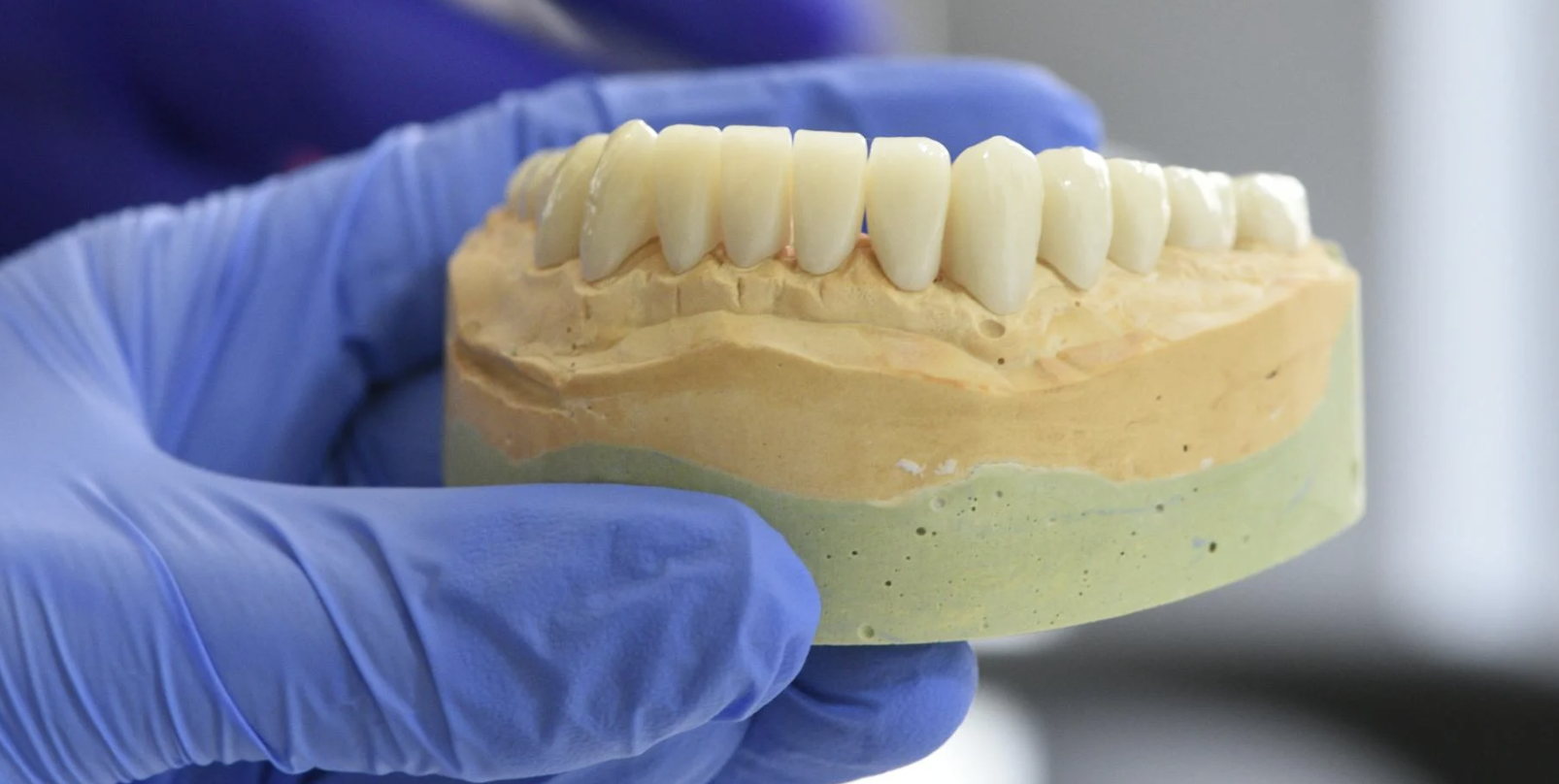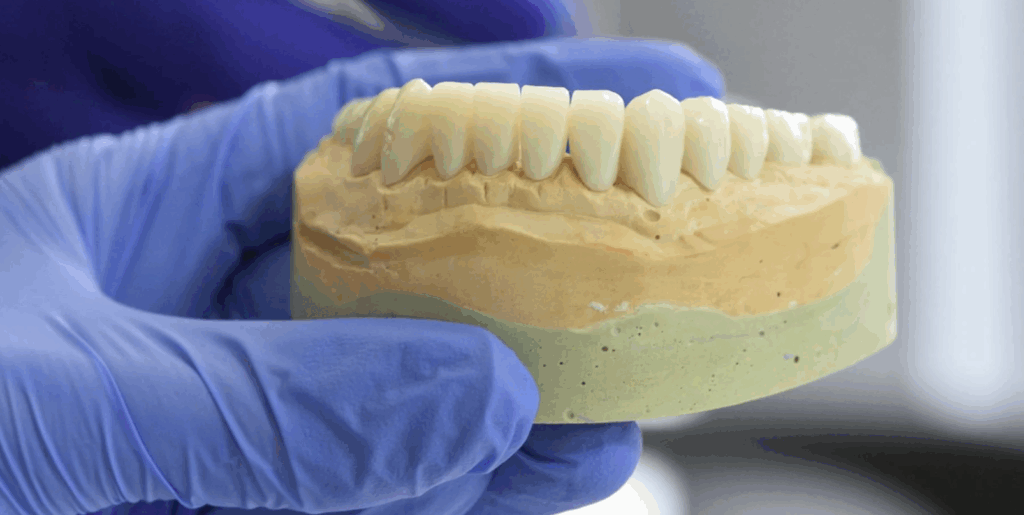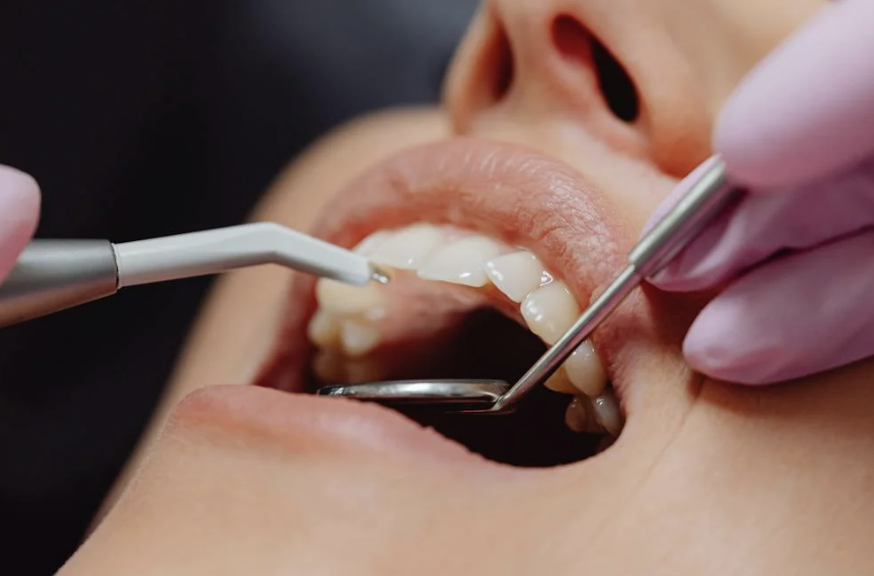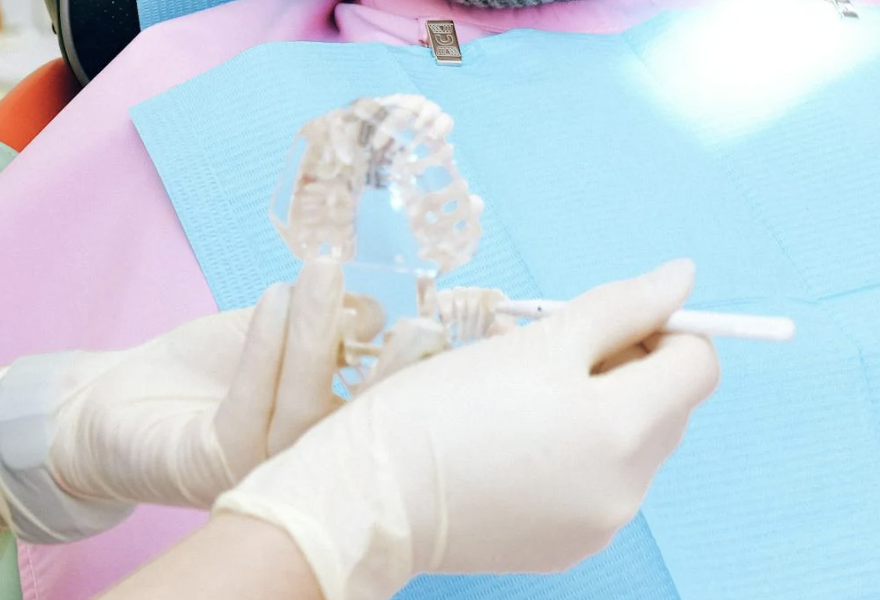Smile designing explained is it worth the hype

Your smile is one of your most powerful assets. It’s often the first thing people notice about you and can leave a lasting impression. But what if you’re not happy with your smile? Enter smile designing—a revolutionary dental treatment designed to give you the smile you’ve always dreamed of. But what exactly is smile designing, and is it worth all the buzz? Let’s dive in to uncover the details.
What is Smile Designing?
Smile designing is a cosmetic dental procedure that focuses on improving the appearance of your smile. It’s a highly personalized process where dentists use advanced techniques and technologies to enhance the look of your teeth, gums, and overall smile. Unlike general dental treatments that focus on functionality and health, smile designing combines both science and art to create a smile that complements your face and personality.
This treatment is ideal for people who are self-conscious about issues like:
- Discolored or stained teeth
- Gaps between teeth
- Crooked or misaligned teeth
- Chipped, broken, or worn teeth
- Uneven gum line
- A “gummy” smile
How Does Smile Designing Work?
The process of smile designing is meticulous and involves several steps to ensure the results are tailored to your needs. Here’s how it typically works:
-
- Initial Consultation:
Your smile journey begins with a consultation where you discuss your concerns and goals with your dentist. This step is crucial because it helps your dentist understand what you want to achieve.
-
- Smile Analysis:
Your dentist will analyze various aspects of your smile, including the alignment, color, shape, and size of your teeth, as well as the appearance of your gums and lips. Photographs, X-rays, and digital scans may be taken to get a complete picture.
-
- Customized Treatment Plan:
Based on the analysis, your dentist will create a personalized treatment plan. This plan may include one or more cosmetic procedures like teeth whitening, veneers, crowns, orthodontics, or gum contouring.
-
- Previewing Your Smile:
Thanks to modern technology, many dentists now offer digital smile design software. This allows you to see a virtual preview of your new smile before the treatment even begins.
-
- The Procedure:
Once you approve the treatment plan, the actual procedures begin. Depending on the complexity of your case, this could take a single visit or multiple appointments.
-
- 6. Final Adjustments:
After the procedures are complete, your dentist will make any necessary adjustments to ensure your new smile is perfect and comfortable.
Suggested Read:The Top 5 Myths About Teeth Braces You Need to Stop Believing
The Benefits of Smile Designing
Smile designing offers a range of benefits that go beyond just aesthetics. Here’s why it’s worth considering:
-
- Boosted Confidence:
A beautiful smile can do wonders for your self-esteem. Whether it’s at work, social gatherings, or special occasions, you’ll feel more confident knowing your smile looks great.
-
- Personalized Results:
Since smile designing is tailored to your unique needs, you can be sure the results will complement your facial features and personality.
-
- Improved Oral Health:
Many smile design treatments also address underlying dental issues like misalignment, worn enamel, or gum health, improving your overall oral health.
-
- Long-Lasting Results:
High-quality materials like veneers and crowns are durable and can last for years with proper care.
-
- Non-Invasive Options:
While some treatments like orthodontics or dental implants may be more involved, others like teeth whitening or bonding are relatively quick and non-invasive.
Is Smile Designing Right for You?
You might be wondering if you’re a good candidate for smile designing. The answer largely depends on your goals and dental condition. Smile designing is ideal if you:
- Are unhappy with the appearance of your smile
- Have healthy teeth and gums (or are willing to address any underlying issues first)
- Want a personalized, long-term solution for cosmetic concerns
That said, it’s essential to consult with a qualified dentist who can evaluate your needs and guide you through the process.
How Much Does Smile Designing Cost?
The cost of smile designing varies widely based on the treatments involved, the clinic’s location, and the dentist’s expertise. On average, the cost can range from ₹10,000 for simple procedures like teeth whitening to ₹2,00,000 or more for comprehensive treatments involving veneers, crowns, or orthodontics.
While the cost might seem high, it’s important to remember that smile designing is an investment in yourself. The confidence and satisfaction of having a stunning smile are priceless.
Is Smile Designing Worth the Hype?
The short answer is: absolutely! Smile designing has gained immense popularity because it delivers transformative results. Unlike temporary fixes, it offers a holistic approach to smile enhancement, addressing both aesthetics and functionality.
In today’s world, where first impressions matter more than ever, having a confident smile can open doors to personal and professional opportunities. Whether you’re preparing for a big event, looking to enhance your appearance, or simply want to feel better about yourself, smile designing can be a game-changer.
Final Thoughts
Smile designing is more than just a cosmetic procedure; it’s a journey toward greater confidence and improved quality of life. With its ability to address a wide range of dental issues and deliver personalized results, it’s no surprise that so many people are turning to smile designing for their smile makeovers.
If you’ve been hesitant to show off your smile or feel it could use some improvement, now is the perfect time to explore the benefits of smile designing. Consult with a qualified dentist to discuss your options and take the first step toward the smile you’ve always wanted.
After all, a beautiful smile isn’t just about aesthetics—it’s about how it makes you feel. And when you feel good about your smile, it shows!



